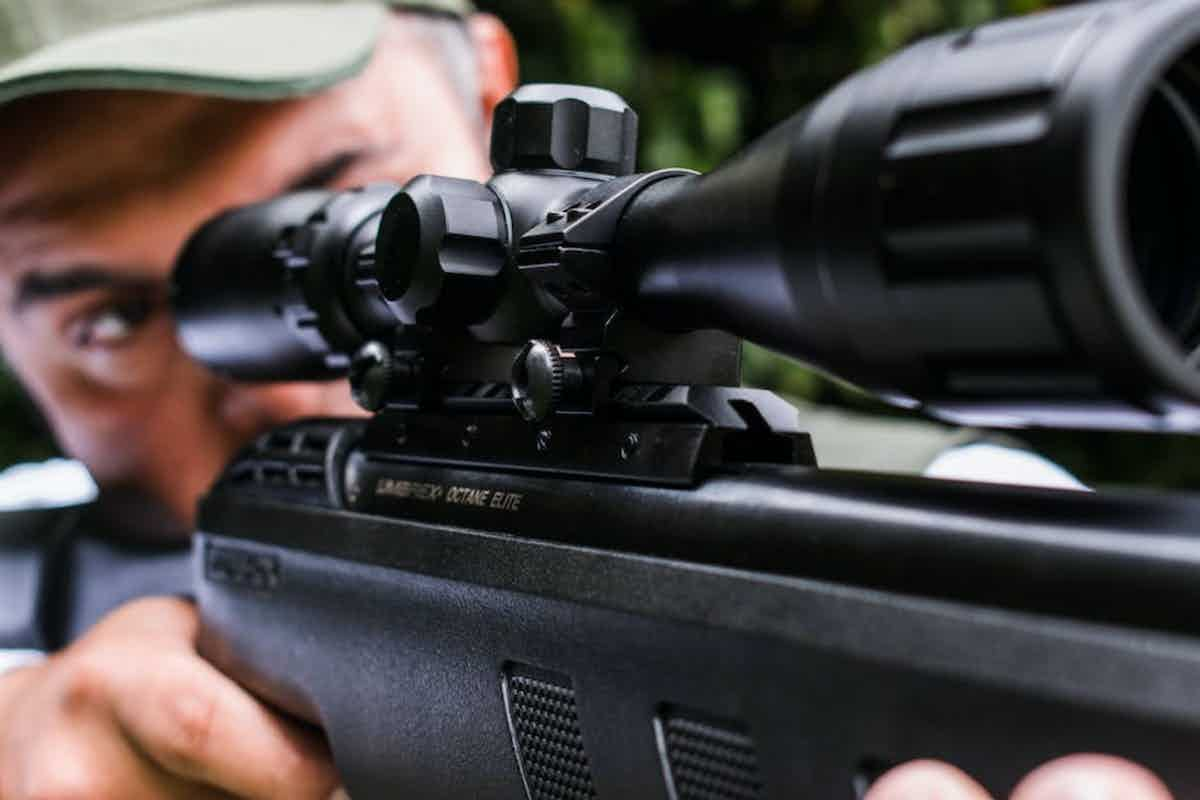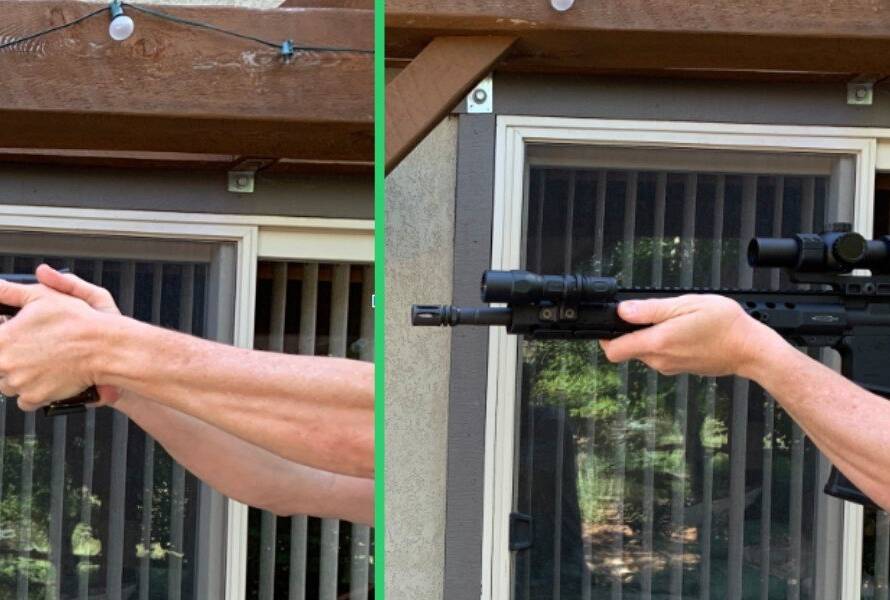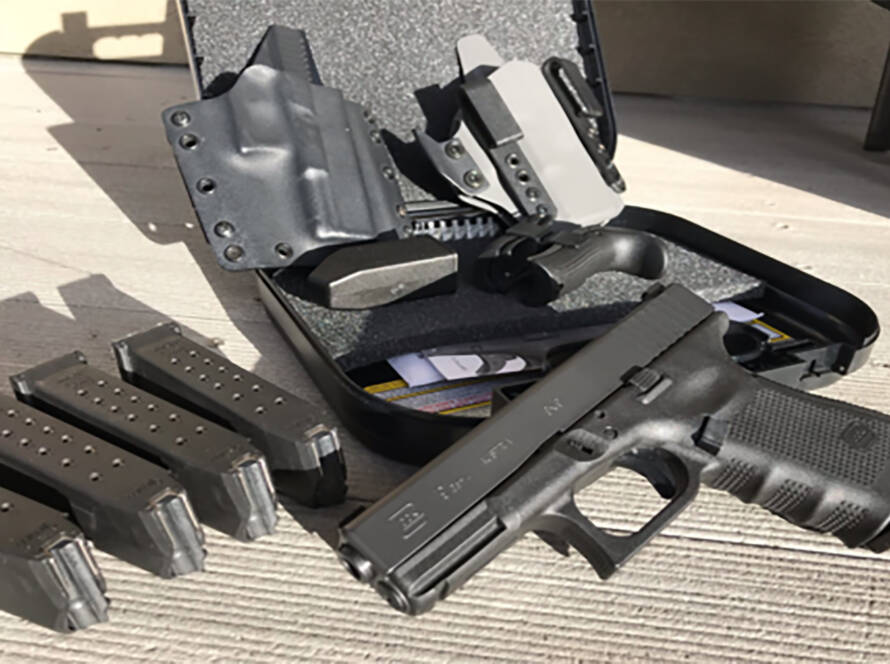In the world of precision shooting, where accuracy is paramount and distances are stretched to the limits, the right equipment can mean the difference between hitting your mark and missing it by what seems like a mile. At the heart of every shooter’s arsenal lies a crucial tool: the long-range scope. With the power to magnify distant targets and deliver pinpoint aiming, choosing the best long-range scope for your rifle is a decision that demands both careful consideration and expert guidance.
In this guide, we’ll delve deep into the world of long-range optics, uncovering the key factors, features, and considerations that will empower you to make an informed choice. Whether you’re a seasoned marksman seeking an upgrade or a novice embarking on your precision shooting journey, join us on this expedition through the realm of long-range scopes, where clarity, precision, and performance converge.
Strategically Select and Budget for Long-Range Scopes
Begin your journey towards the perfect long-range scope by first pinpointing your purpose and setting a budget that aligns with your goals. Are you a competitive shooter, honing your skills for long-range matches at the range? Or perhaps an avid hunter yearning for precision shots at challenging distances in the great outdoors?
Understanding your intended use is not just a starting point; it’s the compass guiding your selection. Your purpose will hand you the roadmap to the specific features and specifications that matter most in your long-range scope.
High-quality long-range scopes span a wide spectrum, ranging from a modest $100 to a substantial four-figure investment. Establishing your budget isn’t merely about setting a spending limit; it’s a strategic move. It’s the fine art of ensuring that your hard-earned dollars are allocated precisely where they need to be.
This financial anchor will do more than keep your wallet in check; it’s your guard against overspending on bells and whistles you may never use. In the realm of long-range scopes, it’s all about striking that sweet balance between quality and price. The goal? Ensuring that every dollar you invest translates into unparalleled precision and performance. Welcome to the art of maximizing your long-range shooting potential.
Consider Magnification Range
In the realm of long-range scopes, magnification reigns supreme. When choosing the perfect long-range scope, the magnification range is your compass for precision and performance. Whether you’re stalking an elusive game or aiming for distant targets in a competitive match, finding the sweet spot between magnification extremes is crucial. Too much can lead to distortion and reduced field of view, while too little may leave you struggling to find your target.
Decoding Reticle Type and Design
The reticle is the crosshair or aiming point you see through the scope. Long-range scopes come with various reticle designs, each catering to different shooting scenarios. Some popular reticle types include:
- Duplex Reticle: The simplest and most common reticle design. It consists of thin crosshairs that thicken towards the center, making it easy to focus on the target.
- Mil-Dot Reticle: Mil-Dot reticles feature dots or hashes along the crosshairs. These help with range estimation and holdovers for bullet drop compensation.
- BDC (Bullet Drop Compensator) Reticle: These are ideal for shooting at different distances without adjusting the scope turrets. BDC reticles have a few aiming points calibrated for specific distances.
- Horus H59 or Tremor3: These advanced mil-based reticles provide precise holdover and windage adjustments for long-range shooting.
Choose a reticle that aligns with your shooting preferences and capabilities. For beginners, a simple duplex or mil-dot reticle may be easier to use. More experienced shooters might like the extra features of an advanced mil-based reticle or prefer less clutter.
Quality and Durability
Investing in a high-quality long-range scope is essential. It will help you ensure consistent performance, reliability, and durability.
Long-range scopes are engineered to withstand the harshest conditions and constant recoil forces, making their build quality paramount. High-end scopes, like the Vortex Razor HD Gen III or Nightforce ATACR, are constructed with aircraft-grade aluminum, ensuring a lightweight yet incredibly rugged design.
When considering scopes, weather resistance is a non-negotiable feature in long-range scopes. A scope’s ability to perform flawlessly in adverse conditions, from heavy rain to extreme temperatures, is a testament to its quality. For instance, the Zeiss Conquest V6 boasts waterproof and fog-proof construction. It remains crystal clear, even in the most challenging environments. When you’re out in the field, the last thing you want is to worry about your scope’s resilience. Consider customer reviews and seek recommendations from experienced shooters. This approach will help you gauge the scope’s real-world performance and durability. Invest wisely in quality and durability!
The Critical Role of Eye Relief and Field of View
In the world of long-range shooting, eye relief isn’t just a technical detail; it’s a guardian of your vision and safety. Understanding and prioritizing eye relief is paramount when selecting the perfect long-range scope. This distance between your eye and the eyepiece determines your comfort and protection from the recoil of high-caliber rifles. Long-range scopes, such as the Burris XTR II, offer generous eye relief, ensuring that your brow remains intact despite powerful recoil. The Leupold Mark 5HD, on the other hand, boasts a forgiving eye box, allowing quick target acquisition while maintaining a comfortable distance from your eye.
Whether you’re perched on the competition firing line, meticulously aiming at distant targets, or stealthily pursuing game in unforgiving terrains, adequate eye relief is your trusted ally in shielding against the jarring recoil of powerful rifles, all while preserving an unobstructed and crystal-clear view through your scope. It emerges as an indispensable factor when it comes to handpicking the ultimate long-range optic. This vital aspect enhances your shooting precision and safeguards your physical well-being, enabling you to maintain an unwavering focus on your quarry without the slightest concern about your scope’s positioning.
Adjustability and Turret Style
Long-range shooting demands precision, and this precision is finely tuned through the adjustability of your scope. Turret style plays a pivotal role here. Some scopes, like the tactical-oriented Vortex Razor HD Gen III, feature exposed turrets with audible and tactile clicks, allowing for quick and precise adjustments. Others, like the Leupold Mark 5D, adopt a more locking turret to prevent accidental adjustments in the field. The choice ultimately hinges on your shooting style and preferences, but what remains non-negotiable is the need for repeatable, consistent adjustability. Your long-range scope’s ability to fine-tune windage and elevation is your gateway to hitting targets with unrivaled accuracy, making it a cornerstone consideration in your quest for the perfect long-range optics.
Optical Quality and Lens Coatings
Optical quality and lens coatings stand at the forefront of essential considerations when choosing the best long-range scope. The clarity and sharpness of your optics can make or break your shooting experience. Look for scopes that employ high-quality glass, such as those crafted by reputable manufacturers like Zeiss or Leupold. This premium glass ensures minimal distortion, even at extreme distances, offering you a crisp and vivid view of your target. Additionally, lens coatings play a pivotal role in enhancing light transmission and reducing glare, critical factors when shooting in varying lighting conditions. Multi-coated lenses, like those found in Schmidt & Bender scopes, provide exceptional light-gathering capabilities, enabling you to maintain accuracy even during the low-light hours of dawn and dusk.
Every eyeball is different, and what may look perfect to one person is annoying to another. Investing in top-tier optical quality and advanced lens coatings that match your preferences guarantees unparalleled clarity and gives you the confidence to take those precise long-range shots under various environmental conditions. When it comes to long-range shooting, these optical attributes are your ticket to achieving unmatched accuracy.
Consider the Parallax Adjustment
Parallax, in simple terms, is the apparent shift of your crosshair in relation to your target. This optical illusion can significantly impact your accuracy, especially when engaging distant targets. Long-range scopes equipped with parallax adjustment capabilities, like the Nightforce ATACR, offer a solution to this issue. This adjustment essentially allows you to fine-tune your view and align your reticle precisely with your point of impact to match the target’s distance. It’s akin to calibrating your scope to provide you with the most accurate and distortion-free view possible.
Parallax adjustment isn’t just a feature; it’s a game-changer in the world of long-range shooting. Its ability to eliminate optical errors, provide clarity, and enhance precision is an asset that every long-range shooter should consider when choosing their ideal scope. It’s a tool that can be the difference between hitting the mark and missing it by inches, making it a fundamental aspect of your shooting gear that deserves your careful attention and consideration.
Weight and Size Considerations
Weight and size considerations are pivotal factors when selecting the best long-range scope. In the world of precision shooting, every ounce counts, especially if you plan on trekking through rugged terrains or participating in extended shooting sessions.
Opting for a lightweight scope, like the Leupold VX-5HD, can significantly reduce the burden on your rifle setup, ensuring you remain agile and comfortable during long hours in the field. On the other hand, compact scopes, such as the Swarovski Z3, save on weight and minimize bulk, allowing for more convenient transportation and ease of use.
However, it’s important to strike a balance between weight reduction and optical performance. Ultra-lightweight scopes may compromise on features and robustness, potentially affecting durability and image quality. Therefore, consider the specific demands of your shooting activities. A slightly heavier but feature-rich scope might be advantageous if you’re primarily a competitive shooter. Conversely, a lightweight and compact scope becomes a crucial asset if you’re a backcountry hunter covering miles on foot.
Ultimately, the right weight and size should complement your shooting style and the scenarios you encounter, ensuring that your long-range scope is precise and practical in the field.
Warranty and Customer Support
When you’re in the market for the best long-range rifle scopes, particularly from an online store that deals in used optics, the aspect of warranty and customer support becomes crucial. Purchasing a used optic can offer significant cost savings, but it also brings potential risks, which a robust warranty can help mitigate. At RKB Armory, we offer a 30-day guarantee. All you have to do for a full refund is return your optic in the same condition as you received it. If you discover a problem after the 30-day RKB Armory guarantee, most manufacturers are great about repairing their products.
Tips for Buying a Long-Range Scope
In the world of precision shooting, the hunt for the perfect tactical long-range scope is a journey as exhilarating as it is essential. It’s a pursuit where every detail, from reticle style to turret design, can mean the difference between victory and a near miss. As you embark on this quest, remember that your choice of a long-range scope is more than just a tool; it’s your partner in the relentless pursuit of precision.
Choosing the best long-range scope for your rifle takes time. If you’re looking for long-range scopes, check out the selection offered by RKB Armory.





